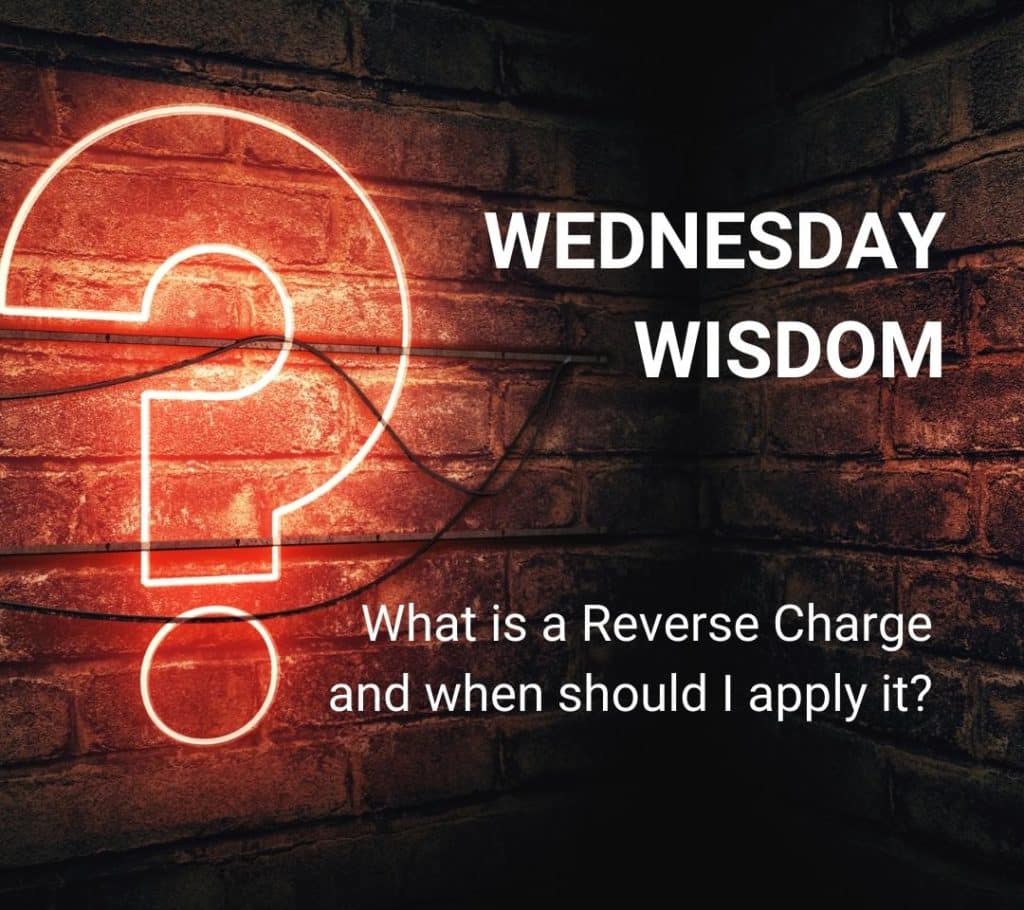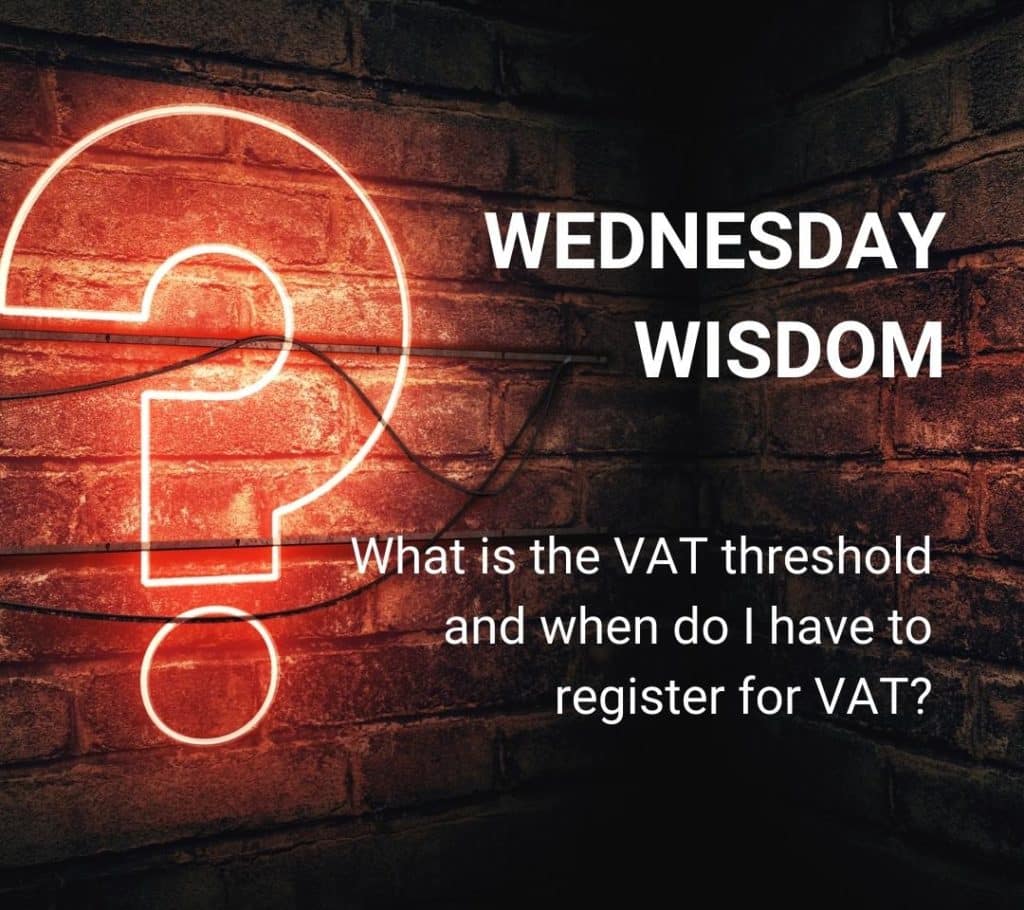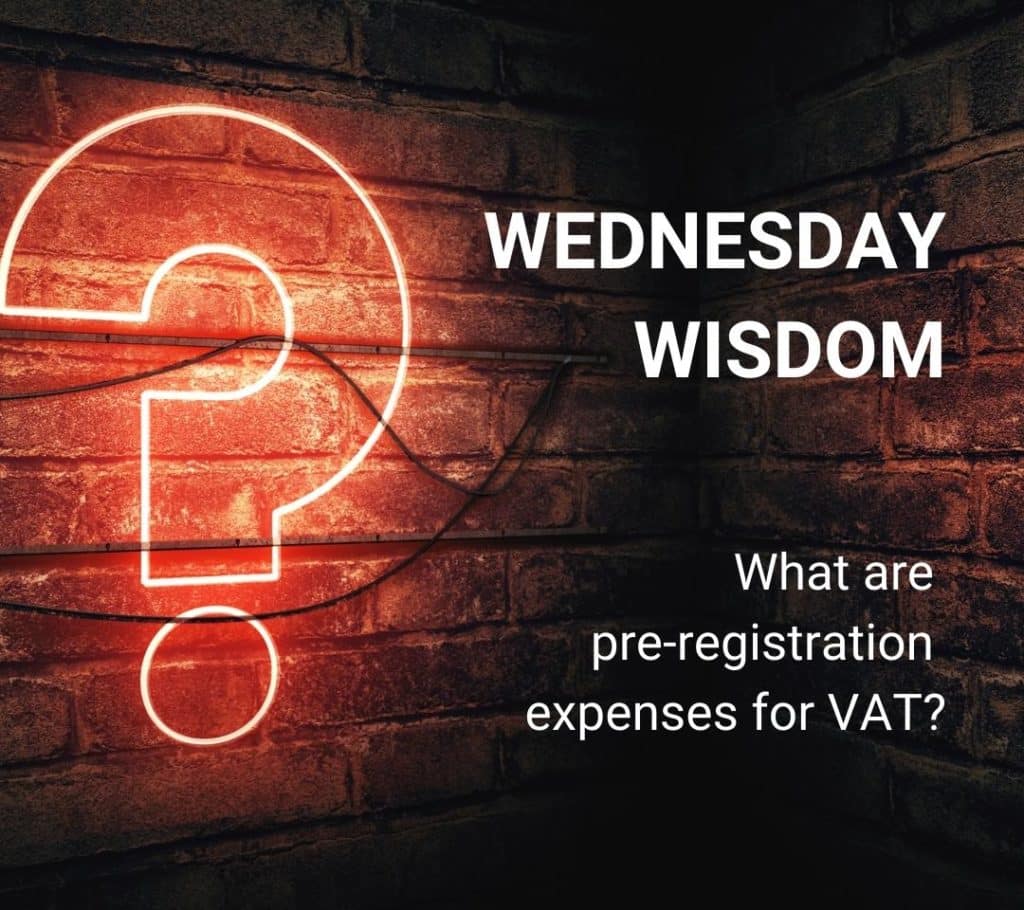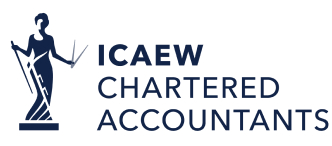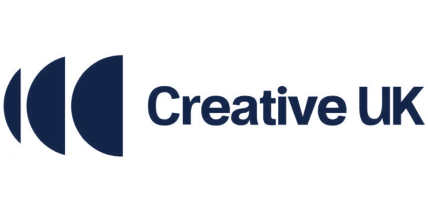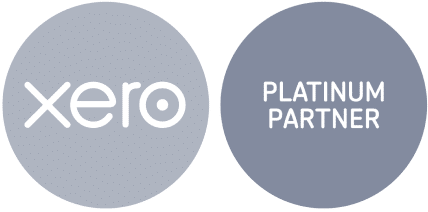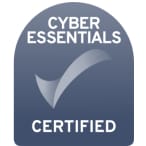Reverse Charge VAT is a tax rule that shifts the responsibility of reporting VAT from the supplier to the buyer.
When a business sells goods or services, they charge VAT and pay it to the tax authorities. Under the reverse charge VAT mechanism, the buyer records both the VAT due and the VAT reclaimable in their own VAT return. This means no VAT is actually paid upfront.
The goal of this mechanism is to prevent fraud and simplify tax reporting.
Reverse charge VAT applies in specific situations and industries:
- construction
- telecommunications
- energy
- some goods and services (mobile phones & computer chips)
- cross-border transactions with EU.
In this guide, we’ll explain how reverse charge VAT works, when it applies, what’s the difference between standard and reverse charge VAT, and how to report it correctly to keep your business on the right track.
Creative Takeaways
- Reverse charge VAT shifts tax reporting – Buyer, not seller, accounts for VAT.
- Fraud prevention – Reduces tax fraud, simplifies compliance.
- Industry-specific application – Construction, telecom, energy, cross-border trade.
- Domestic & international scope – Applies within UK and EU transactions.
- Invoice requirements – Clearly state reverse charge VAT.
Table of contents
1. How does the reverse charge VAT work?
The reverse charge VAT system flips the usual way VAT is handled.
Instead of the seller adding VAT to the invoice and paying it to HMRC, the buyer takes full responsibility for reporting and paying the VAT.
A typical reverse charge VAT works like this:
- The supplier issues an invoice without VAT – They include a note stating that reverse charge VAT applies.
- The buyer calculates the VAT themselves – just as if they had been charged VAT by the supplier.
- The buyer reports this VAT in their return – listing it as both VAT due (output tax) and VAT reclaimable (input tax).
- The VAT cancels out – so in most cases, the business pays nothing extra but still reports the transaction.
To better understand, imagine a UK marketing agency hires a French web designer for £1,000.
- The French designer sends an invoice for £1,000 (no VAT added), with a note about reverse charge VAT.
- The UK business adds £200 (20% VAT) to its VAT return as output tax.
- At the same time, it claims back the same £200 as input tax.
- No money actually changes hands for the VAT, but HMRC sees the full transaction.
This process is all to prevent VAT fraud and to simplify cross-border trade. For accountants, it’s a paper exercise, but getting it wrong can lead to penalties. So, if you’re feeling a bit lost, don’t be afraid to reach out!
2. When does reverse charge VAT apply?
Reverse charge VAT doesn’t apply to all transactions.
We already mentioned that reverse charge VAT is used in specific cases where shifting VAT responsibility to the buyer prevents fraud, simplifies accounting, and aligns with cross-border tax rules.
Let’s check some of the most common cases where reverse charge VAT is applied!
Cross-border transactions
When buying goods or services from a supplier outside the UK, the reverse charge is often required. Of course, Brexit complicated things a bit, but there are still rules set up for these cases.
Purchases from EU and Non-EU Suppliers
If a UK VAT-registered business buys services from an overseas supplier (whether in the EU or not), they must account for the VAT themselves under the reverse charge.
If, for example, a UK-based consultancy hires a US software firm for £5,000, the UK business must calculate 20% VAT (£1,000), report it as output tax, and reclaim it as input tax (if fully taxable).
Intra-Community Acquisitions (EU Transactions)
If a VAT-registered UK business buys goods from an EU supplier, the reverse charge applies.
Before Brexit, this was handled as an intra-community acquisition (reported in Boxes 2, 4, and 7 of a VAT return). Post-Brexit, import VAT rules apply instead.
Domestic transactions in the UK
Reverse charge VAT isn’t just for international purchases. In some industries, fraud risks are high, so the reverse charge is used within the UK and other EU countries.
UK Domestic Reverse Charge for Construction Services
The UK construction industry has specific reverse charge rules under CIS (Construction Industry Scheme).
It applies to VAT-registered contractors and subcontractors working on building and construction services.
Let’s say, a VAT-registered bricklayer invoices a contractor for £10,000. Instead of adding VAT, they mark it as “Reverse charge applies”, and the contractor accounts for the VAT instead.
Telecommunications, gas, electricity, and other fraud-risk sectors
Reverse charge VAT applies to sectors where VAT fraud has historically been an issue:
- Mobile phones & computer chips (wholesale transactions only)
- Gas and electricity supplies traded within wholesale markets
- Carbon trading & greenhouse gas emission allowances
These rules prevent businesses from charging VAT and disappearing before paying it to HMRC (a common fraud tactic known as “Missing Trader Intra-Community” (MTIC) fraud).
Sale of investment gold, scrap metal, emission allowances
Some high-value commodities fall under reverse charge VAT rules:
- Investment gold: Only applies to taxable supplies (most are VAT-exempt).
- Scrap metal: Reverse charge ensures metal dealers don’t reclaim fraudulent VAT.
- Carbon trading permits: A specific area where VAT fraud is a known issue.
3. Deferring import VAT with reverse charge (UK post-Brexit)
Since Brexit, businesses importing goods into the UK face import VAT charges.
Instead of paying VAT upfront at customs, they can use postponed VAT accounting to apply the reverse charge.
If a UK retailer imports £20,000 of stock from China, instead of paying £4,000 VAT at customs at the border, they declare it as both output VAT and input VAT, so there’s no cash flow impact.
All of this applies to VAT-registered businesses, goods imported into Great Britain from anywhere (including the EU), and goods imported into Northern Ireland from outside the EU.
4. Standard VAT vs. reverse charge VAT
The key difference between standard VAT and reverse charge VAT lies in who is responsible for reporting and paying the VAT.
In a standard VAT system, the seller adds VAT to the price of goods or services and charges it to the buyer. The buyer pays the VAT along with the total invoice amount, and the seller then collects and submits this VAT to HMRC or the relevant tax authority.
With reverse charge VAT, the process is flipped. Instead of the seller charging VAT, the buyer is responsible for both calculating and reporting it.
5. How to issue a VAT reverse charge invoice
Issuing an invoice under the reverse charge VAT mechanism is pretty simple. It’s not really different than the standard VAT rules.
Instead of adding VAT to the invoice, the supplier must indicate that the reverse charge applies.
A valid reverse charge invoice must contain:
- The buyer’s VAT number
- A clear reference to the reverse charge mechanism
- “Reverse charge: customer to account for VAT”
- “VAT reverse charge applies”
- “This invoice is subject to the reverse charge mechanism”
- The net value of the goods or services supplied (without VAT).
- The supplier’s VAT number (if applicable).
6. Let us handle reverse charge work with accounting software
Most modern accounting software, including Xero, QuickBooks, and FreeAgent, has built-in options for reverse charge VAT.
We work with these modern accounting software, so we can help you figure out have reverse charge VAT invoicing works.
And also, answer all your questions related to this. The tools used will ensure that the VAT reporting happens correctly. Book you free call now, and let’s have a consultation!
